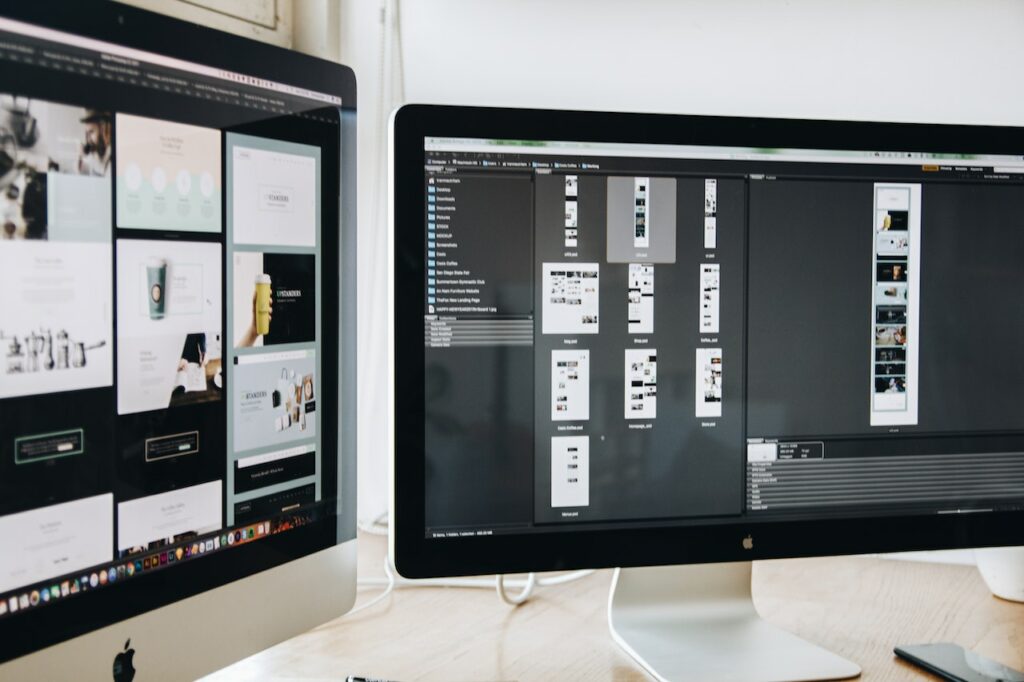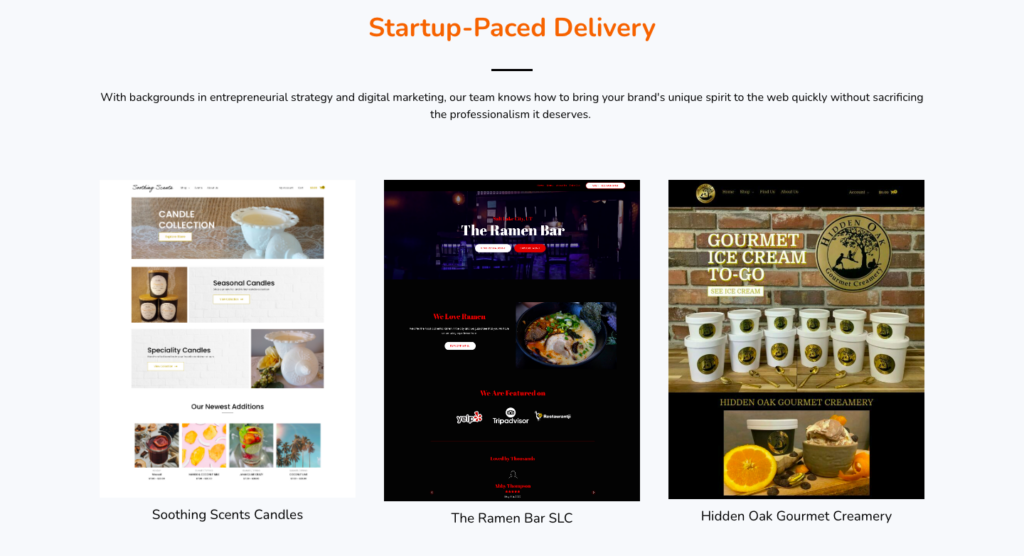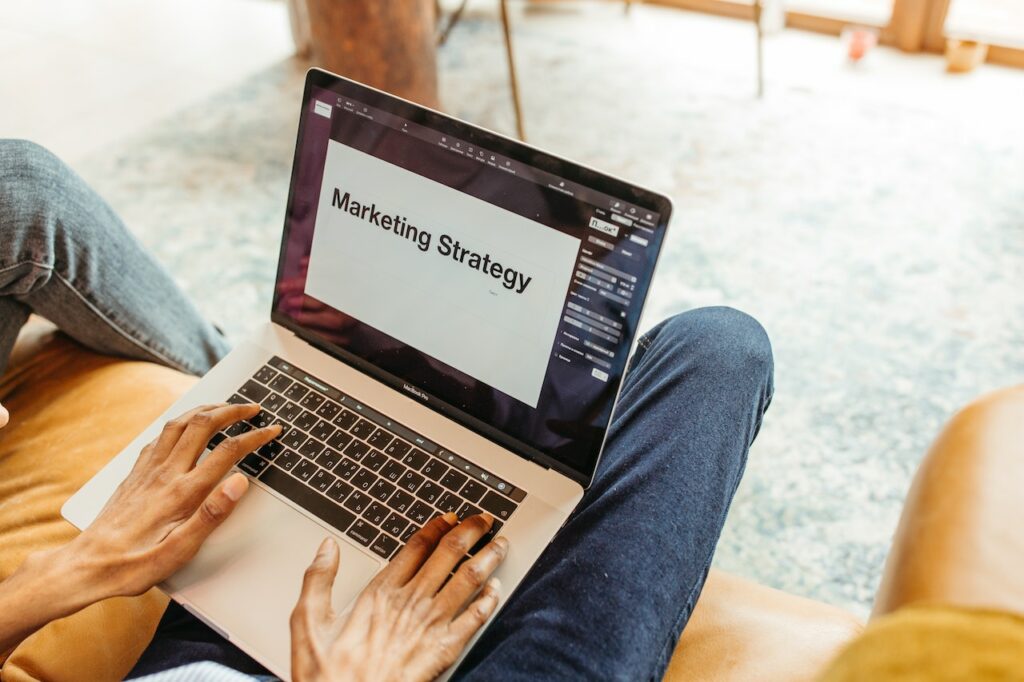How to Become a Web Designer Without a Degree
In the ever-evolving landscape of the digital world, web design has emerged as a vital skill that combines creativity, technical acumen, and an understanding of the user experience. As someone who transitioned from a novice to a professional web designer without the conventional route of a degree, I want to share my journey and provide a roadmap for those who aspire to embark on this path.
Some people may ask, “Is it possible to become a web designer without a degree?” The answer is Yes, you can become a web designer without a degree!
- How to Become a Web Designer Without a Degree
- My Story
- Step 1: Self-Education
- Step 2: Practice and Experimentation
- Step 3: Building a Portfolio
- Step 4: Networking and Building Client Relationships
- Step 5: Continuing Education
- Step 6: Specialize in an Area of Web Design
- Step 7: Stay Current with Industry Trends
- Step 8: Develop Business and Marketing Skills
- Step 9: Never Stop Learning
- Summary
My Story

In 2021, I dove headfirst into the world of web design. With little more than an internet connection and a laptop, I began my journey into this fascinating realm. I didn’t have a degree in web design or a related field, but I was armed with passion, curiosity, and a determination to learn.
As the founder of Blastoff Web Design, a company that provides startups, college students, and small businesses with high-quality, affordable web design services, I have come to understand that the process of becoming a web designer is not a linear path but rather a series of steps, experiments, and learning experiences.
Step 1: Self-Education
You can start by immersing yourself in the world of web design. Plenty of free resources are available online, including tutorials, blog posts, and even full-length courses. I started by learning the basics of HTML, CSS, and JavaScript, the foundational languages of web design.
Platforms like Codecademy, freeCodeCamp, and Coursera offer comprehensive courses to get you started. It’s essential to get hands-on experience as you learn, so try building simple websites and gradually increase the complexity as you gain confidence.
Step 2: Practice and Experimentation
Practice is essential to mastering talent, and web design is no exception. After getting the fundamentals, I started working on my projects, experimenting with other styles, and pushing my learning limits.
In addition, I began taking on minor freelancing tasks, which provided me with essential real-world experience. This is the phase of trial and error. Make errors and learn from them without fear. Each project will present new difficulties and learning opportunities.
Step 3: Building a Portfolio

A portfolio is crucial for a web designer. It’s concrete evidence of your skills and creativity. I kept a record of my best work as I worked on various projects. Your portfolio should showcase a range of styles and capabilities. Include your freelance projects, personal websites, and other designs you’re proud of.
Step 4: Networking and Building Client Relationships
Networking is an integral part of any profession, and web design is no different. Joining local and online design communities helped me connect with like-minded individuals and potential clients. Platforms like LinkedIn, Behance, and Dribbble are excellent places to showcase your work and connect with others in the field.
Building strong client relationships is equally important. At Blastoff Web Design, we follow a three-step process: consult, check in, and launch. We ensure that we understand our client’s vision, present them with a fully functional website within five days, and find their dream website within seven days. This process ensures customer satisfaction and builds trust and rapport, essential for a successful business.
Step 5: Continuing Education
Web design is dynamic, and staying up-to-date with the latest trends and technologies is crucial. Even after establishing Blastoff Web Design, I continue to learn new skills and keep up with the evolving landscape of web design.
Step 6: Specialize in an Area of Web Design
As you continue to grow as a web designer, you might find certain aspects of the field more exciting or rewarding than others. Perhaps you’re particularly good at creating user-friendly layouts or have a knack for crafting visually stunning graphics. Whatever your strengths or interests may be, consider specializing in these areas. This can set you apart in a competitive job market and allow you to hone your skills further.
For example, Blastoff Web Design focuses on building websites for startups, small businesses, and college students. We understand these groups’ specific challenges and opportunities and have tailored our services to meet their unique needs.
Step 7: Stay Current with Industry Trends
Web design is a rapidly evolving field, and what’s popular or innovative today might be outdated in a few years or even months. To stay competitive and continually improve your skills, keeping up with the latest industry trends is essential.
Join web design forums, subscribe to industry newsletters, and follow influential web designers on social media. Attend web design conferences or meetups in your area to network with other professionals and stay informed about the latest developments.
Step 8: Develop Business and Marketing Skills

As a freelance web designer or a web design business owner, more is needed to just be good at design; you also need to know how to run a business. This includes everything from setting prices and negotiating contracts to marketing your services and handling customer service.
Take courses, read books, or seek mentorship in business and marketing. Understanding these areas will help you be more successful and ensure that your web design skills can shine.
Step 9: Never Stop Learning
Even after establishing yourself as a web designer, never stop learning. The field of web design is constantly evolving, with new tools, technologies, and techniques continually emerging.
Make it a habit to set aside time for learning and professional development. This might mean taking an online course in a new programming language, attending a workshop on user experience design, or reading up on the latest SEO strategies.
Summary
Ultimately, the journey to becoming a web designer without a degree is a testament to the power of self-learning, perseverance, and creativity. It’s about embracing the opportunities that arise, learning from the challenges, and continually pushing the boundaries of what’s possible in web design.
Remember, the journey does not end when you land your first client or launch your web design business. Instead, it’s a continuous learning process, growing and evolving as a designer and professional. It’s a journey that I, and many others, find incredibly rewarding. I hope that by sharing my experience, I can inspire and guide others embarking on their web design journey.
